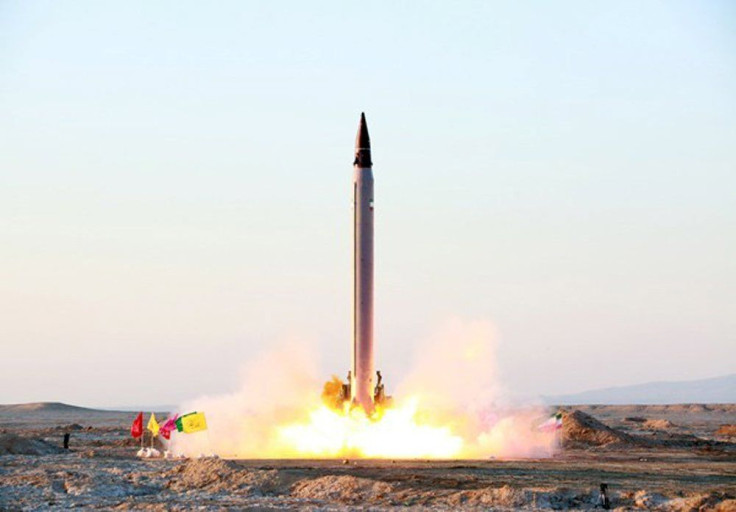US, Iran War? Tehran Stockpiled Uranium For Nuclear Bombs To Pressure Trump

KEY POINTS
- Iran’s nuclear stockpiles have risen since Trump announced the U.S.'s withdrawal from the Iran nuclear deal in 2018
- A new IAEA report confirms Iran has enriched more than 1,000 kg of uranium
- In total, Iran has enough uranium to build 15 nuclear weapons
Unwilling to open negotiations with Iran, president Donald Trump now has to contend with the reality the Islamic republic appears to have produced enough enriched uranium to build one more nuclear weapon to add to the 14 it can already build.
The International Atomic Energy Agency (IAEA), however, estimates it might take Iran months or years to manufacture a nuclear warhead for a uranium payload and mount it on a ballistic missile with a range of more than a thousand kilometers.
It said that for the first time since the Joint Comprehensive Plan of Action (JCPOA), more popularly called the Iran nuclear deal implemented on Jan. 16, 2016, Iran has surpassed 1,000 kilograms (2,200 pounds) of highly enriched uranium, enriched up to 4.5%. This amount can be further enriched to 90%, which is enough to produce a single nuclear weapon. Iran, however, insists it has no intention of producing a viable nuclear weapon.
Iran’s nuclear stockpiles have risen since Trump announced the United States' withdrawal from the JCPOA in 2018. A new IAEA report to director Rafael Mariano Grossi now confirms Iran has enriched more than 1,000 kilograms of uranium, which is enough to build one more nuclear bomb.
The new IAEA report also said Iran has refused IAEA access to two locations where there was previous evidence of past nuclear activity. Also, Iran "has not engaged in substantive discussions" to clarify IAEA questions related to possible undeclared nuclear material and nuclear-related activities.
The report said Iran's stonewalling is adversely affecting IAEA's ability to clarify and resolve the questions "and thereby to provide credible assurance of the absence of undeclared nuclear material and activities in Iran."
Grossi is now urging Iran to immediately cooperate fully with the IAEA. He said Iran must provide prompt access to the two locations specified by the IAEA in accordance with its obligations under the Safeguards Agreement and the Additional Protocol of the JCPOA.
“Iran immediately to cooperate fully with the agency” said Grossi, an Argentine diplomat whose career has involved nuclear issues.
Iran has dismissed Grossi's demands outright, however. It said it rejected IAEA's new rounds of questions because it had already been cleared of responsibility to answer for its nuclear past. Iran “will not recognize any allegation on past activities and does not consider itself obliged to respond to such allegations.”
Experts, however, believe Iran’s intransigence and its seemingly belligerent actions are incremental and calculated to pressure the Trump administration into reaffirming JCPOA rather than rushing to build a nuclear weapon.
The impasse highlights the failure of Trump's unilateral abrogation of the JCPOA in 2018, and his maximum pressure on Iran intended to bring the country to its knees and to the negotiating table.
Expert data belies Trump's claims his maximum pressure campaign is negating Iran's ability to build a nuclear bomb. In 2016, Iran shipped out of the country 97% of its stockpile of uranium fuel. This quantity is enough to make more than 14 nuclear weapons. Iran's nuclear fuel production stayed well below the one-bomb threshold through most of 2019.
© Copyright IBTimes 2024. All rights reserved.




















